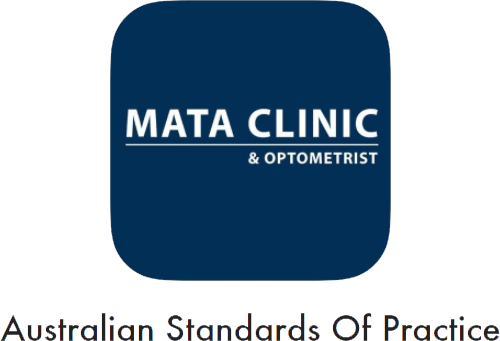What if Alzheimer’s could be diagnosed through a routine visit to the optometrists? Researchers may have brought us a step closer to such a feat, after developing an optical imaging system that can detect a hallmark of the disease.
Alzheimer’s disease is the most common form of dementia, accounting for around 60 to 80 percent of cases. The condition is characterized by problems with memory and thinking, as well as changes in mood and behavior, and these problems become more severe over time.
It is estimated that around 5.5 million people in the United States are living with Alzheimer’s. Every 66 seconds, one more person in the U.S. is diagnosed with the disease.
While research into the precise causes of Alzheimer’s is ongoing, scientists know that the condition involves the degeneration and death of brain cells. The buildup of a protein called beta-amyloid is considered a key culprit in the process.
Amyloid plaques are protein deposits that collect between brain cells, hindering function and eventually leading to neuronal death. They are considered a hallmark of Alzheimer’s disease (AD), and the focus of multiple investigations designed to reduce or prevent their formation, including the nationwide A4 study.
But amyloid deposits may also occur in the retina of the eye, often in patients clinically diagnosed with AD, suggesting similar pathologies in both organs. In a small, cross-sectional study, a team of researchers, led by scientists at University of California San Diego School of Medicine, compared tests of retinal and brain amyloids in patients from the A4 study and another study (Longitudinal Evaluation of Amyloid Risk and Neurodegeneration) assessing neurodegeneration risk in persons with low levels of amyloid.
Like the proverbial “windows to the soul,” the researchers observed that the presence of retinal spots in the eyes correlated with brain scans showing higher levels of cerebral amyloid. The finding suggests that non-invasive retinal imaging may be useful as a biomarker for detecting early-stage AD risk.
What is now generally agreed upon by neurologists as being a biomarker of Alzheimer’s disease (AD) is the presence of amyloid beta protein deposits in the brain. Moreover, amyloid also accumulates in the eye, and it has been theorized that if a correlation can be made between the amyloid in the eye and the amyloid in the brain, then it would be possible to diagnose AD by looking into the eye.
So get your eyes your annual eye exam, especially the retina scan. You may uncover Alzheimer’s development and help to slow or prevent its development.





Recent Comments